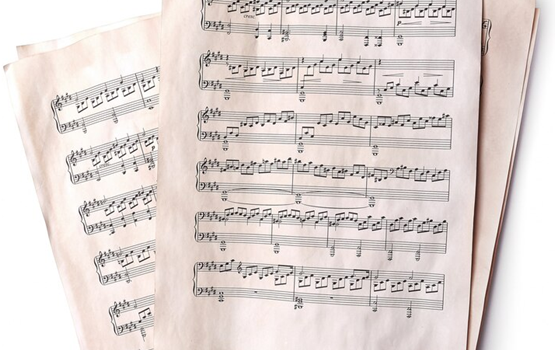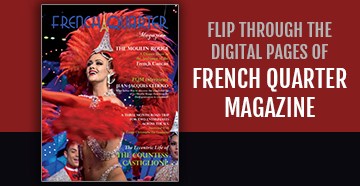5 Ways To Interpret “Bohemian Rhapsody” Sheet Music In Your Style
Do you want to interpret the legendary Bohemian Rhapsody sheet music, the masterpiece that has inspired many generations up till today?
Great, you are on the right page.
Bohemian Rhapsody is way beyond just a composition; it is a cultural sensation. Therefore, by exploring Bohemian Rhapsody sheet music, you are not just reading notes; you are interpreting a piece of music history.
That said, whether training for a performance or just playing music at home, the Bohemian Rhapsody music sheet delivers accuracy and quality.
But how do you interpret these intricate Bohemian Rhapsody music sheets?
Keep reading!
1. Experiment with Tempo and Dynamics
While looking to reinterpret Bohemian Rhapsody sheet music, one of the most efficient ways is to experiment with tempo and dynamics.
The Queen’s original version is a rollercoaster of speed and intensity; however, this does not indicate that you must follow an identical pattern. You can:
Slow It Down
Think of reducing the intensity to produce a ballad-like feel that is more intimate in comparison. This should be particularly beneficial during the ballad parts of the theme, for example, the first piano sequence or the “Mama just killed a man” part.
By playing at a slower tempo, the focus can be put on the passion and meaning behind the lyrics and tune, making for a chilling performance.
Speed It Up
On the other hand, you can make up for the lack of energy in some parts by increasing the tempo.
The operatic section has the compound and the swing, which can feel even more exciting if you increase the section’s tempo slightly. Such an approach can transform the song into a thrilling performance demonstrating your vocal ability.
2. Add Personal Flourishes and Improvisation
Another way to personalize Bohemian Rhapsody sheet music is by incorporating small modifications or additional bits of creativity.
Even though sheet music offers the core structure of music, there is a lot of freedom to improvise simultaneously.
Here is how you can add those personal touches:
Piano Embellishments
If you are playing piano, you may add more technical embellishments like trills, arpeggios, and grace notes. These small changes can bring an additional level of depth and individuality to the work.
For example, in the opening piano section, you could bring in a delicate arpeggio pattern to support the chords and add further texture.
Guitar Solos
For guitarists, learning the greatest riffs of legends like Brian May is a spectacular moment.
Even though you could pretty much play it in the same manner as the recorded version, why not try and improvise around the original solo? Use the same scale and key but have different phrasing, bends, and dynamics to make good and unique solo music.
3. Explore Different Arrangements and Instrumentation
Bohemian Rhapsody has a unique composition and structure that combines elements of soft pop and hard rock and features a wide variety of musical instruments such as piano, electric guitars, bass, drums, and even choirs and orchestras.
Therefore, another creative approach to the interpretation of sheet music is the alteration of the sequence of the notes with the help of different instruments.
Acoustic Version
Challenge the original arrangements of your song by making an acoustic version of the original track. This could involve just a piano or an acoustic guitar, thus allowing the overall tone of the song and the harmony between the instruments and voice to emerge.
An acoustic version can add another layer of closeness and comfort to music, which translates well to the song’s lyrics.
Electronic or Synth-Based Arrangement
You could also try going in a completely different direction, where the song can be composed using electronic instruments and synthesizers.
Picture the operatic part being performed with synthesizer pads and the rock part underlined by electronic drums and a rhythm section. This method not only brings the song to a more contemporary level but also offers an opportunity to experiment with different soundscapes.
4. Incorporate Different Musical Styles and Genres
The original song, “Bohemian Rhapsody,” is an example of a composition where different intrigue. And styles are used – from Rock and Opera to Ballad. You can take this further by adding influences from other musical genres to your cover version.
Jazz Influence
Attempt to give the song an upbeat jazz feel. Additional possibilities could include revoicing the chords by superimposing more intricate jazz chord voicings or incorporating swing patterns in some parts. The operatic part, for instance, could entirely have a swing feel. And the piano sections might be adorned with jazz chord changes.
Bluesy Twist
A bluesy interpretation could also be interesting. Simply by putting a bluesy bend, slide, or riff on a guitar or incorporating a soulful temperament on the vocals, “Bohemian Rhapsody” can hit a raw nerve.
The “Galileo” section can be given a call-and-response approach to making the lyrics sound more bluesy than the operatic lyrics used in the song.
Conclusion
Like “Yesterday” by The Beatles, “Bohemian Rhapsody” is a song that can be sung in various ways and with different lyrics while still belonging to the same song.
Whether you are a pianist, guitarist, and/or singer or simply play one or more instruments. There are countless strategies to read the music sheets in your unique manner.
For instance, when it comes to the tempo, dynamics, and instrumentation. Or even emotional intent, it becomes possible to generate a version that is your own. But at the same time does justice to the genius of the queen. Having said that, sheet music is your guide. But allow your creative spirit to go as wild as the music is diverse and dynamic.

















Fantastic read! This article does an excellent job of breaking down what smart homes are and how they’re transforming modern…